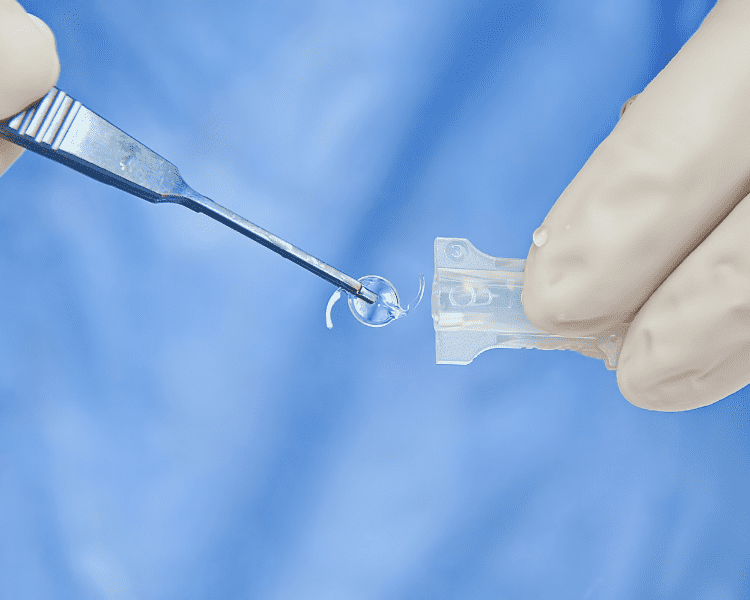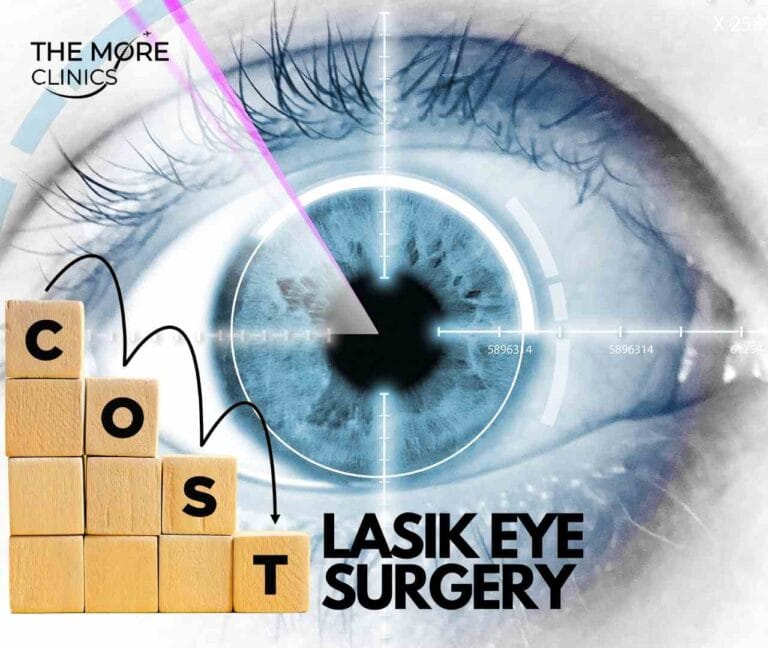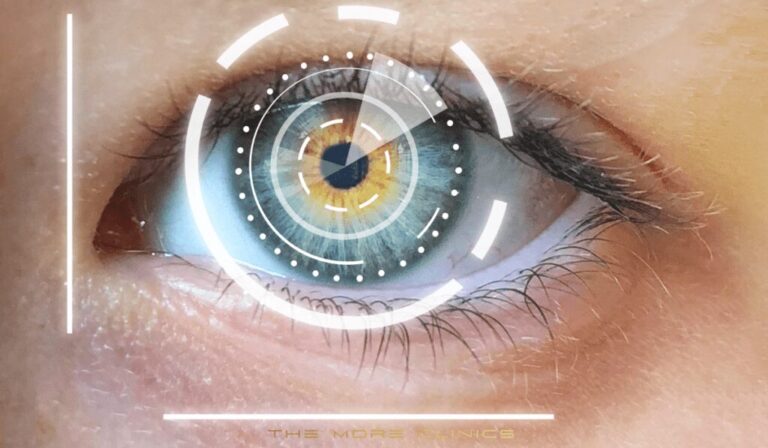Trifocal Lens Replacement IntraocularLenses
Trifocal Intraocular Lenses (IOLs) are cutting-edge devices used to replace the natural lens in the eye affected by cataracts, ensuring improved vision. This article outlines the benefits, candidacy criteria, and comparison with other lens replacement options.
What Is a Trifocal IOL?
Trifocal Intraocular Lenses, often referred to as trifocal lenses, represent an innovative breakthrough in vision correction. During cataract surgery or refractive lens replacement surgery, artificial lenses are implanted to provide three focal points: near, intermediate, and distance vision.
Trifocal IOLs are designed to provide superior visual quality at all distances, offering a level of clarity that’s far superior to monofocal IOL options. Unlike monofocal lenses, which offer clear vision at one distance only, trifocal lenses can correct nearsightedness, farsightedness and astigmatism.
How do Trifocal Lens Implants Work?
The science behind trifocal lenses is truly fascinating. Essentially, trifocal lenses use the principles of light diffraction to focus light onto the retina at three different points. When light enters the eye, it interacts with the diffractive rings on the lens surface. These rings split the incoming light into multiple beams, each focused at a different distance – close, intermediate, or far. Thus, the lens allows the wearer to see clearly at all these distances without the need for additional corrective eyewear.

This innovative technology represents a significant improvement over earlier lens designs, which could only provide clear vision at a single distance.
Assessing Your Suitability for Trifocal Lens Implants
Determining your candidacy for Trifocal IOLs involves several considerations, such as:
- Having cataracts or a desire for improved vision.
- A preference for clear vision at all distances.
- Willingness to reduce or eliminate the use of glasses.
- Being within the recommended age range (varies depending on the type of lens).
- Having a healthy eye anatomy.
Your ophthalmologist or optometrist can assess your candidacy for trifocal lenses and provide further advice.
Step-by-Step Procedure
It is same as intra ocular lens replacement surgery. First, the surgeon will use a special tool to remove the natural lens of the eye and replace it with an artificial one. Once the IOL is in place, the surgeon will fine-tune its positioning and perform some tests to check that it’s properly placed and functioning correctly. The entire process takes about 30 minutes for both eyes.
What Are the Benefits of Trifocal IOLs?
Trifocal IOLs offer a multitude of advantages for patients. These cutting-edge implants provide clear vision at various distances, including near, intermediate, and distant, reducing reliance on glasses or contact lenses and enhancing convenience and independence. Furthermore, trifocal lens implants significantly improve quality of life, particularly for individuals with cataracts.
What Are the Risks of Trifocal IOL Surgery?
Although Trifocal IOL surgery is considered safe, it is important to be mindful of potential risks. These may include experiencing glare, halos, or visual disturbances, especially during nighttime. Additionally, there is a chance of requiring reading glasses for extended periods of time. While rare, complications such as retinal detachment or infection can also occur.
How Is the Recovery and Tips for Success?
Recovering from Trifocal Implant Lenses is comparable to the recovery process after cataract surgery. For more information on cataract surgery recovery, you can visit our comprehensive guide.
In the days after your procedure, you may experience:
- Blurry or hazy vision.
- Mild discomfort, such as sensitivity to light and itchiness.
- Redness and inflammation in the eyes.
During recovery, it’s important that you take special care of your eyes for at
- Use cold compresses to reduce postoperative swelling and discomfort.
- Follow your doctor’s recommendations for eye drops and medications.
- Avoid strenuous activities that could lead to infection or dislocation of the lens implant.
- Wear sunglasses outdoors to protect against UV exposure.
Last Words from The More Clinics
Trifocal Intraocular Lenses, or trifocal lenses, offer a revolutionary way for those with cataracts or who are considering refractive lens replacement to get clear vision at all distances.
At The More Clinics, we are passionate about empowering individuals with exceptional vision. Trifocal IOLs have ushered in a new era of visual freedom, and we are here to guide you through the process. If you are considering Trifocal IOL surgery, our experienced team is ready to address your questions, alleviate your concerns, and support you on your journey to a future filled with clarity and precision.
GET A FREE CONSULTATION!
Let’s Start Planning Your Treatment %100 Guarantee Results.

Written by The More Editorial Team and Medically Reviewed by Op.Dr.İbrahim Kaya who specialized on Eye Surgery, Retinal Surgery and Optalmology.






